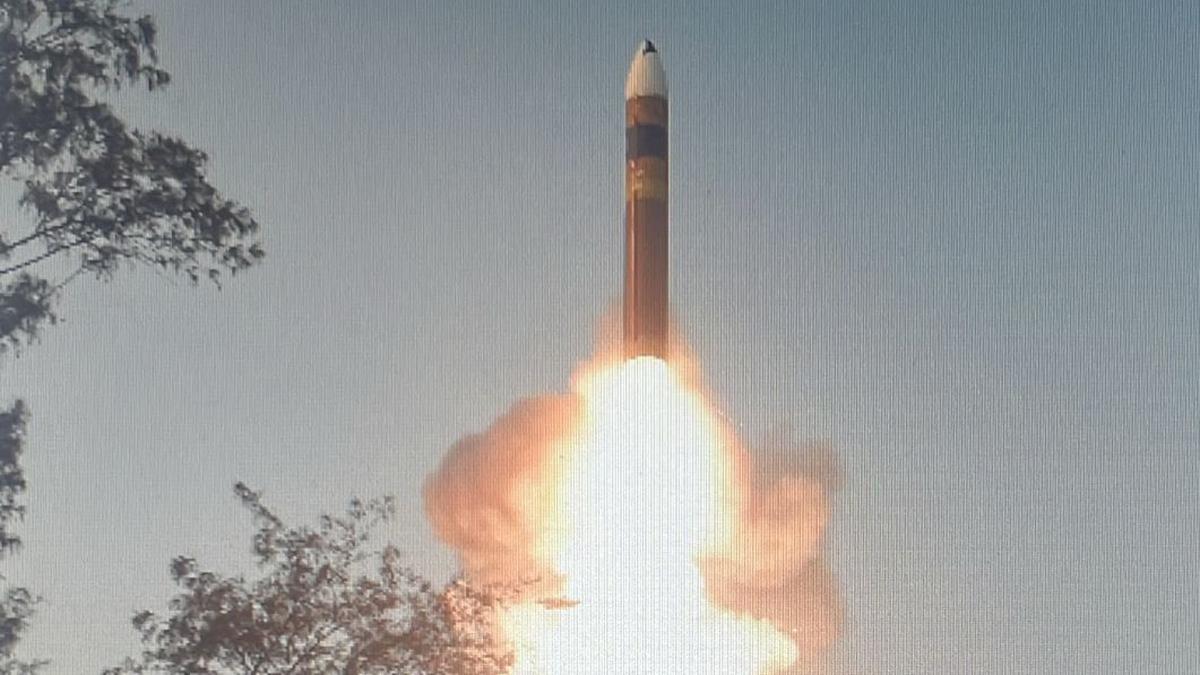- 3,322
- 1,253
- Axis Group

Date of Event:
Jun 24, 2025

India Initiates Development of Conventional Agni-V Variant with 7.5-Tonne Warhead: Report - Indian Defence Research Wing
SOURCE: AFI India has embarked on the preliminary development of a conventional variant of its Agni-V intercontinental ballistic missile (ICBM), featuring a massive 7.5-tonne warhead, according to recent reports. This ambitious project marks a significant step in expanding the strategic and...
 idrw.org
idrw.org
India starts developing Agni V with bunker buster 7500 k.g. warhead






